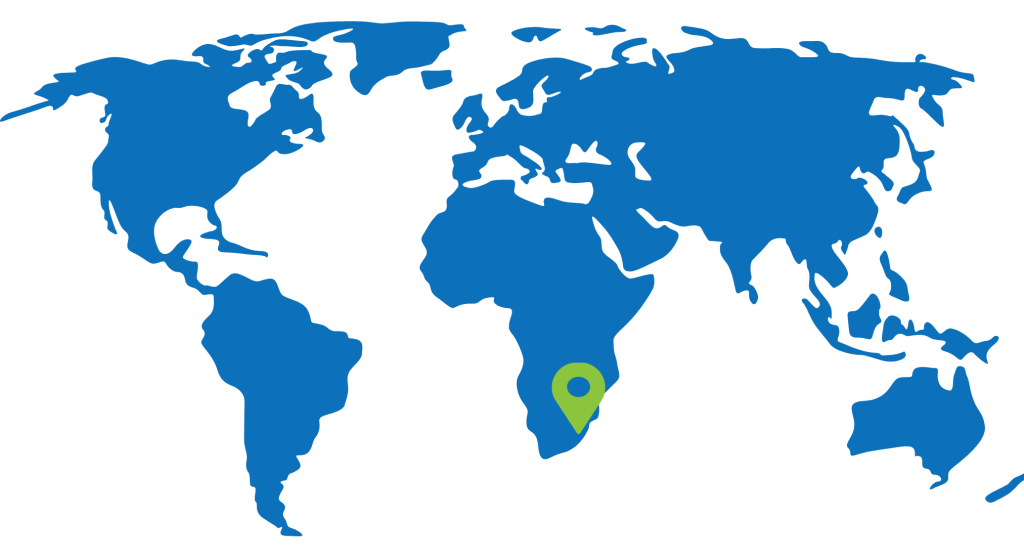In June 2025, Eswatini’s Communications Commission released its revised National Frequency Allocation Plan (NFAP) 2025. Developed under the Electronic Communications Act, No. 9 of 2013 and aligned with WRC-23 decisions, the NFAP establishes national frequency use in accordance with international and regional guidelines. Of particular interest in this update are clarifications and specifications for frequency bands designated for unlicensed use.

Unlicensed Use: ISM and SRDs in Focus
Eswatini’s NFAP 2025 identifies various sub-bands allocated to unlicensed uses, including ISM operations and SRDs. These include applications such as RFID systems, wireless hearing aids, and inductive loop systems, which are subject to specific technical rules:
Inductive SRDs: Bands such as 9 kHz to 135 kHz are allocated for inductive short-range devices. These are regulated under ITU-R Recommendation SM.2153, with usage defined by signal type, modulation, and maximum field strength.
ISM Bands: Designated bands for ISM applications include 6765–6795 kHz, in line with ITU footnote 5.138, and other common bands used for non-communication purposes like RF heating or medical diathermy.
Wireless Hearing Aids: The 3155–3400 kHz band accommodates low-power hearing aids, with additional allocation possible per ITU-R guidelines. Devices must adhere to power and channel spacing restrictions.
RLAN and RFID: While specific higher-frequency allocations are referenced but not fully detailed in this section of the NFAP, it is implied that future designations will follow SADC harmonization and ITU global guidelines for WLAN, RLAN, and other ISM-compatible technologies.
Future Considerations
While the NFAP does not yet mandate channel plans or equipment authorization procedures for unlicensed bands, operators and manufacturers are expected to conform with referenced international standards. Additional enforcement mechanisms may be introduced as Eswatini builds its regulatory infrastructure and harmonizes with SADC technical frameworks.
For this article’s source information and any product certification guidance, please contact Global Validity.
Global Validity is your partner for global certification success
Want to learn more about regulatory compliance and how we can help? Simply fill out the form below and we’ll be in touch!
